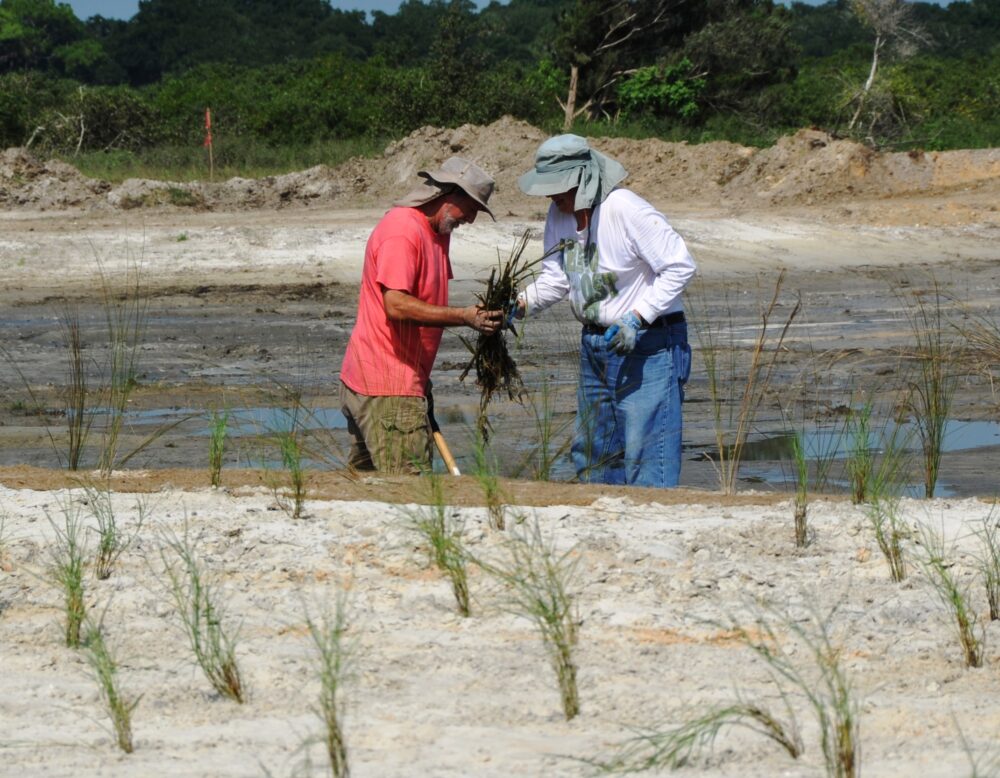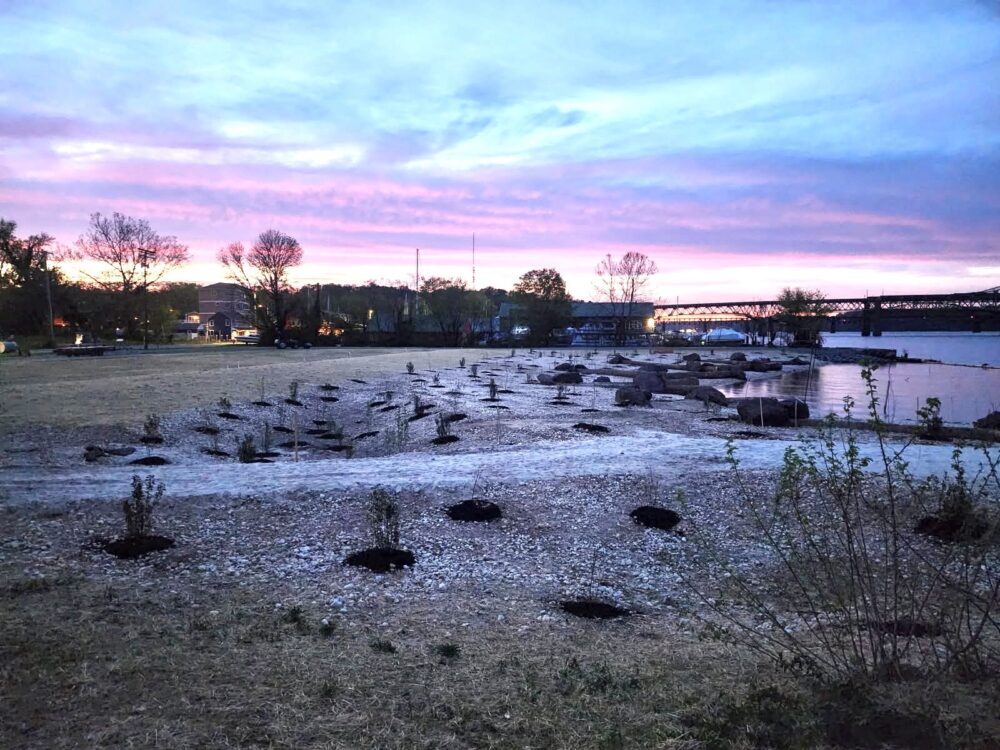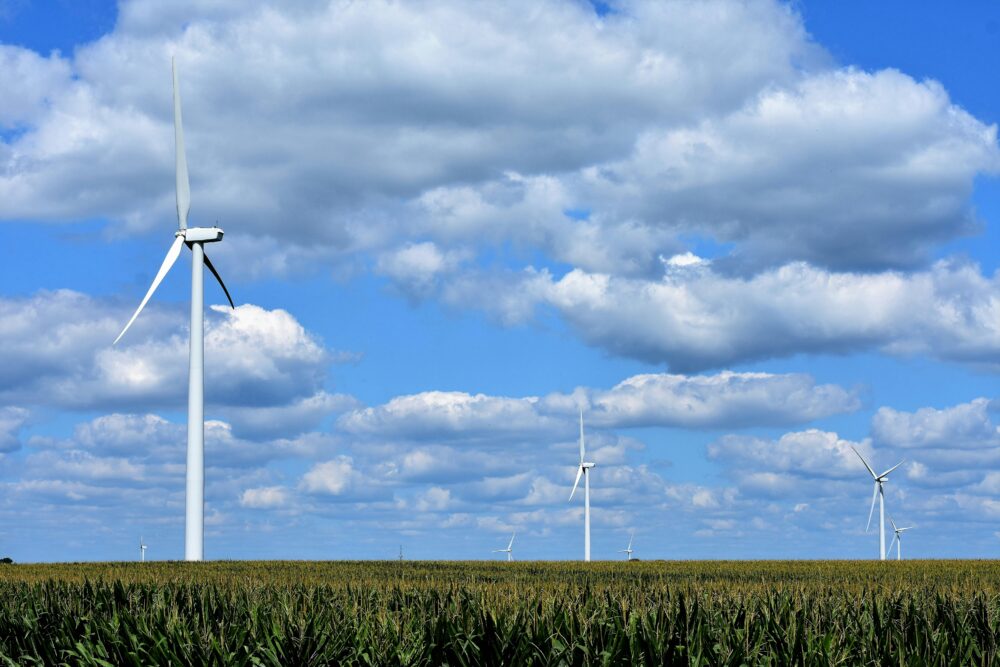We have much more to do and your continued support is needed now more than ever.
5 Reasons You Should Be Excited About the President’s Plan to Confront Climate Change
The evidence is clear—climate change is already having an impact on wildlife, transforming our communities and landscapes across America. Drought and fires are ravaging our Western landscapes; floods and storms are wreaking havoc on coastal communities; and wildlife is caught in the cross-hairs: struggling to keep up with changing habitat, extreme weather events, and shifting food sources.
Urgent action is needed to change the course we are on—we must move away from the current reliance on fossil fuels that spew carbon pollution and invest in clean energy solutions that do not pollute.
Yesterday marked a turning point for those who have been fighting for a better future. President Obama has outlined his Administration’s plan to use the tools at his disposal to cut carbon pollution and protect our communities and wildlife from the impacts of climate change we are already experiencing.
[Climate change] is a challenge that does not pause for partisan gridlock. It demands our attention now. And this is my plan to meet it – a plan to cut carbon pollution; a plan to protect our country from the impacts of climate change; and a plan to lead the world in a coordinated assault on a changing climate.
-President Obama’s Remarks on Climate Change, June 25, 2013
If, like me, you worry about the impact that climate change is having on our forests, streams, and at the critters that depend on them, here are 5 reasons to be excited about what the President has committed to doing.
1. Cracking Down on Power Plant Carbon Pollution: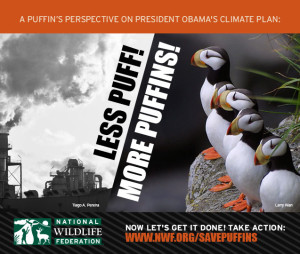
By far the greatest action the Administration can take to cut carbon pollution is to crack down on power plants – the largest source of carbon pollution in the United States. The Environmental Protection Agency (EPA) has the legal authority to address this problem by updating clean air standards under the Clean Air Act.
In Obama’s first term, the EPA successfully exercised authority under the Clean Air Act and found common-ground with industry, environmentalists, and labor partners to finalize new rules for cars and trucks that will cut carbon pollution in that sector 50% by 2025.
Power-plants represent nearly 40% of US carbon pollution and are the “Big Kahuna” when it comes to using existing tools to reduce the pollution fueling climate change. Currently, there are no limits on how much carbon pollution a power plant can spew into the atmosphere and the President has directed EPA to ensure standards are in place before the end of his Presidency.
Combined with using the statutory authority provided to the EPA to set standards for carbon pollution, the Administration is also setting strong energy efficiency goals to reduce the demand for more and more power. The cleanest electricity is the electricity we don’t use. Expect new standards for appliances and federal buildings, stakeholder efforts to find innovative financing solutions for residential and commercial efficiency adoption, and support for state and local government action. All combined to reach a goal of cutting in half the energy wasted by our homes and businesses over the next 20 years – saving consumers money and lessening pressure on demand for more and more power development.
2. A Comprehensive Message on Confronting the Climate Crisis
No matter how aggressive we move to reduce carbon pollution at home and abroad, our nation’s wildlife and ecosystems are already experiencing the effects of a warming planet. Many changes are happening faster than scientists anticipated, putting America’s communities, wildlife, and natural systems at risk.
National Wildlife Federation has long seen confronting the climate crisis as not just about reducing the pollution, but also preparing for the increasing impacts of climate change and extreme weather to keep our communities safe, sustain wildlife, and maintain a strong economy.
The President’s plan recognizes this need, and highlights the many federal efforts already underway designed to enhance preparedness and resilience for climate change. He also proposes a number of important new efforts to enhance the nation’s ability to better manage climate risks to our natural resources, infrastructure, and local communities.
In his speech, the President highlighted the importance of natural systems like dunes and wetlands in providing natural defenses for our communities from the effects of climate-fueled flooding and storms. Employing nature-based approaches to protect people and property can have a dual benefit for wildlife and habitat areas.
As both people and wildlife struggle with a changing climate, it is encouraging to see the President’s plan place emphasis on developing and applying science-based approaches for reducing the climate change threats to our nation’s ecosystems and human communities.
3. Promoting Natural Habitats as Part of a Carbon Reduction Strategy
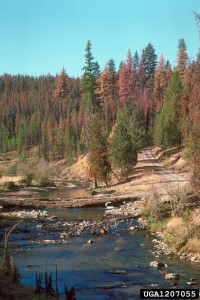
The Plan recognizes the critical role that farmland, forests and grasslands play in mitigating climate change by absorbing carbon from the atmosphere. The Plan commits the Administration to “identifying new approaches to protect and restore our forests, as well as other critical landscapes including grasslands and wetlands, in the face of a changing climate”.
These ecosystems play key roles for our communities and for wildlife – as much as 80 percent of American wildlife depends on the health of our forests. In addition to providing habitat for our nation’s fish and wildlife, forests and farmlands are critical for preserving clean water, clean air and biodiversity.
4. Federal Government: Leading by Example
Another key part of the Administration’s strategy to reduce carbon pollution from our nation’s power sector is to increase the amount of clean, renewable electricity produced in this country. The President recognizes the need for the federal government to lead by example and the has set a goal in this plan for the federal government to get 20% of its electricity from renewable energy by 2020. A series of efforts – from promoting projects on military bases to setting new goals for renewable generation in the federal housing fleet – will help achieve this goal.
In addition, the Federal government, as the largest landowner in the country, plays a key role in moving forward on clean energy in a way that lessens impact on wildlife and critical habitat. The plan builds on the success of permitting renewable energy on public lands in the President’s first term and directs the Department of the Interior to permit an additional 10 gigawatts of renewables on public lands by 2020.
Building renewable energy projects is a key piece of the puzzle in transitioning to a low-carbon economy, including projects on public lands. However, it will be crucial that these projects be carefully sited, with input from the conservation and scientific communities, to avoid, minimize and mitigate harmful impacts to wildlife and wildlife habitats.
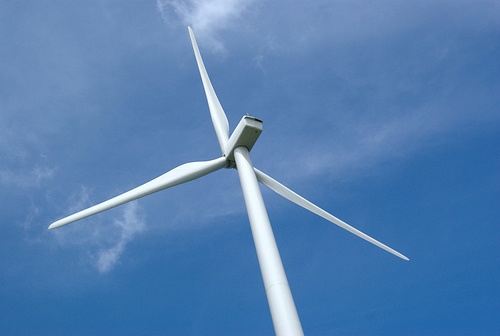
In his first term, the Obama Administration has shown that we can rapidly pursue clean energy projects while simultaneously requiring wildlife-friendly approaches to development, preventing development in sensitive habitat, and driving clean energy to the lowest conflict locations.
Building a robust clean energy economy is the only long-term and the most economical option to reduce carbon pollution produced by our current dependence on fossil fuels that threatens the future of wildlife.
5. Reaffirming the Need to Engage Internationally
At the end of the day, climate change is a global problem. America can, and must, take significant action here at home to lessen our contribution to the problem. But, we must also engage in the global conversation and forge lasting partnerships that will ensure other countries take appropriate action to be a part of the solution.
The President has emphasized that he intends to put the United States in the lead on international efforts to address global climate change by engaging with other major nations on both immediate cooperative action and negotiations toward an international agreement on solving climate change at a global scale.
Notably, the plan highlights the huge role that deforestation and other land use issues play in contributing to global carbon pollution emissions. For example, the plan calls for building upon a new initiative – the Tropical Forest Alliance 2020 – in which governments, civil society and the private sector brands collaborate to reduce the pressure of deforestation for agriculture. Preserving the world’s forests is not only an essential part of an overall carbon reduction strategy, but helps conserve critical habitat for wildlife already facing other challenges.
Bonus: Keystone XL Tar Sands Pipeline Will be Judged Based on Contribution to Climate Change
Although not directly referred to in the Administration’s Climate Action Plan, the President surprised many by referencing the controversial Keystone XL tar sands pipeline in his remarks. Specifically, he will not approve the pipeline permit if it will significantly exacerbate the climate problem. As my colleague Jim Murphy wrote yesterday, “This is a huge step towards rejection of this pipeline, as virtually all analyses show that it is the linchpin for major tar sands fuel development in Canada” that threatens wildlife and our climate.
Moving Forward on a National Plan
Praise for the Administration’s plan came from all corners of the country, from businesses to conservation groups, and local governments to Federal lawmakers.
As someone with deep ties and love of wildlife and the outdoors, I too am excited about the road ahead. The policies outlined by the President are a welcome step towards a goal of a safer climate for future generations and he should move quickly to implement these actions while encouraging bolder action at every level of government.
![]() Help protect puffins and many more wildlife from climate change by telling President Obama that you support bold action on curbing carbon pollution today.
Help protect puffins and many more wildlife from climate change by telling President Obama that you support bold action on curbing carbon pollution today.


